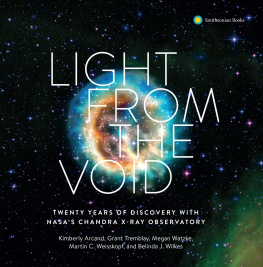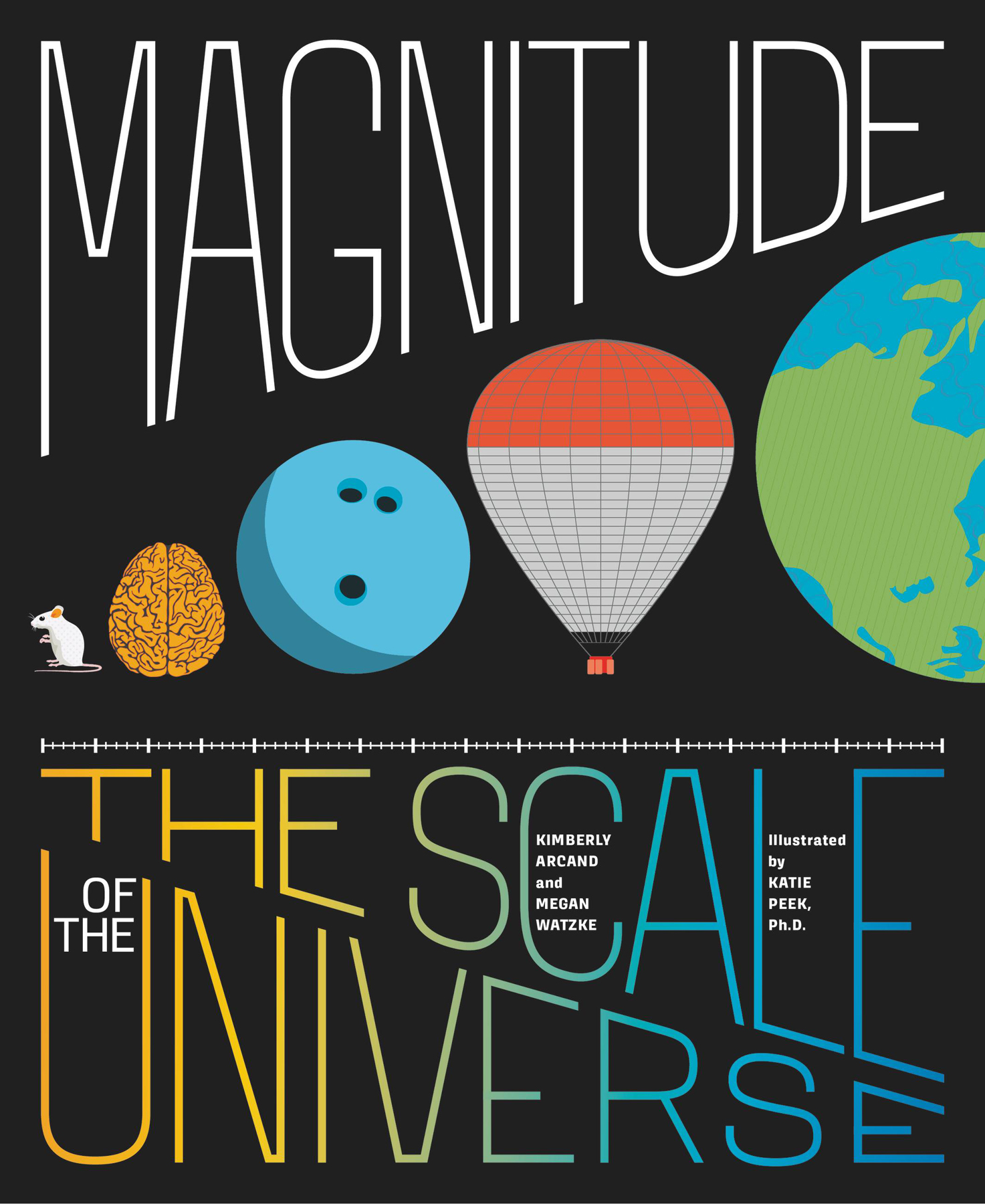Cover and interior design by Alexander Isley Inc.
Cover copyright 2017 by Hachette Book Group, Inc.
Hachette Book Group supports the right to free expression and the value of copyright. The purpose of copyright is to encourage writers and artists to produce the creative works that enrich our culture.
The scanning, uploading, and distribution of this book without permission is a theft of the authors intellectual property. If you would like permission to use material from the book (other than for review purposes), please contact permissions@hbgusa.com. Thank you for your support of the authors rights.
Black Dog & Leventhal Publishers is an imprint of Hachette Books, a division of Hachette Book Group. The Black Dog & Leventhal Publishers name and logo are trademarks of Hachette Book Group, Inc.
The publisher is not responsible for websites (or their content) that are not owned by the publisher.
The Hachette Speakers Bureau provides a wide range of authors for speaking events. To find out more, go to www.HachetteSpeakersBureau.com or call (866) 376-6591.
Library of Congress Cataloging-in-Publication Data has been applied for.
We were thrilled to be able to work on our Magnitude book with editor Becky Koh and the rest of the team at Black Dog & Leventhal Publishers, following the wonderful experience with our previous book together, Light. We are also thankful for both our current agent, Laura Biagi of the Jean V. Naggar Literary Agency, and Elizabeth Evans, who has moved on to other pursuits.
With a project like this, it is incredibly helpful to have additional knowledgeable people to review the material along the way. We are deeply grateful for the role that Adrienne Gauthier played, checking and double-checking the research we conducted and making sure the facts and figures in this book were as accurate as possible. We are also indebted to our longtime friends and coworkers Wallace Tucker and Peter Edmonds from the Chandra X-ray Center, who used their scientific expertise as well as their intuition for whats interesting to help guide us. We could not ask for better colleagues.
On a personal note, Megan would once again like to thank Kristin, Anders, Jorja, Iver, and Stella for being patient, supportive, and lovingno matter how many times they hear the same refrain about needing to get work done on the book. She would also like to add a nod to Rainy and Jody, two Great Danes who were excellent canine coworkers during the writing of this book.
Kim must again thank her family for their patience throughout the process of the books creation and dissemination. Much love and gratitude belongs to her husband, John, and her children, Jackson and Clara. The sheer scale of their love and support goes beyond the magnitude of this book (pun intended). She also dearly thanks her amazing mom, her dad, and the rest of her family and friends, and yes, even her dog too, for being such amazing cheerleaders.
Finally, a huge thank-you to our readers. Your support and continued interest keeps us motivated to write more, write better, and cover new areas. We hope you find this book appealingon a grand scale.
BOOKS
Powers of TenA Flipbook, Charles and Ray Eames, W. H. Freeman, 1998.
The Feynman Lectures on Physics, Richard P. Feynman, Addison Wesley, 1977.
WEBSITES
National Institute of Standards and Technology: www.nist.gov
Size, scale, and standards information.
The Physics Classroom: www.physicsclassroom.com
Physics tutorials and interactives.
Khan Academy: khanacademy.org
Educational videos on physics and scale.
The Physics Hypertextbook: physics.info
Online accessible textbook for physics.
Niel Brandts Timelines and Scales of Measurement Page: www2.astro.psu.edu/~niel/scales/scales.html
A thorough list of timelines and a scales of measurement.
Here, There, and Everywhere: hte.si.edu
Physics concepts (atomic collisions, electric discharge, etc.) across scales.
The Scale of the Universe: htwins.net/scale2/
Interactive application based on a Powers of Ten concept.
Powers of Ten: www.eamesoffice.com/the-work/powers-of-ten/
The Original Powers of Ten and the relative size of things in the universe.
Nikon Small World: www.nikonsmallworld.com
Some of the best microscopy images around.
T he concept of computingthat is, the act of making a calculationhas been around for millennia. From the Chinese and Roman abaci through the work of Ada Lovelace and Charles Babbage in the nineteenth century, people have been using tools to help solve certain (often mathematical) problems.
Modern computation for many, however, started with the proliferation of the personal computer in the early 1980s, when the cost of personal computers began to drop significantly, putting them within financial reach of millions of households around the world.
The personal computers of the 1980s and 1990s were far bigger and bulkier than the computers, tablets, and smartphones we use today. And they were far less powerful, too. A typical nineties-era desktop computer had a hard drive that could store only 400 megabytes (MB) of data at a time. Computer users at the time kept information on floppy disks, accessed the nascent Internet through a primitive browser such as Netscape 1.0 or Mosaic (via a dial-up phone line), and had only a handful of web pages to browse.
Two decades later, the first-generation Apple Watch had 8 billion bytes, or 8 gigabytes (GB), of storage and boasts incredibly fast remote access to a wealth of data in the cloud, all from a very small machine worn on your wrist.
This breakneck pace of computational advances likely wouldnt have come as a surprise to Gordon Moore, one of the cofounders of Intel. In the mid 1960s Moore observed that certain aspects of technology (specifically, the integrated circuit or microchip that is ubiquitous in todays electronics, from computers to toys and from refrigerators to fire alarms) had been doubling in capacity each year since they were invented. He theorized that this increase would continue on indefinitely. Moores Law, as its now known, predicted that machine processing speeds double about every two years. And there are no signs of that frenetic pace slowing down.
Computing Power: Speed
One way to calculate the power of a computer is to calculate how quickly it can perform operations. In recent decades, there has been a dramatic rise both in capability and the need of computing power. Here are some examples of the leaps weve seen from the supercomputer market to the commercial and personal computing markets and where computing power is projected to go in the near future. Different actions or processes are treated differently when measuring computing speed; here we are comparing ballpark figures of computing power in instructions per second.








